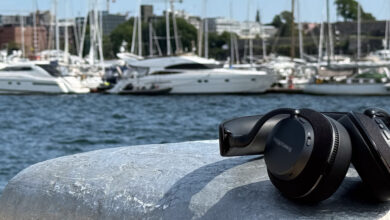Sennheiser HD800S – The Queen of dynamic headphones

Sennheiser HD800 that was launched in 2009 have been and are still special for several reasons.
Immediately after launching these headphones I noticed how most headphone amp manufacturers started development on fresh new models, many of them were specifically designed for the HD800. But only after a few years Sennheiser HD800 began to be appreciated at their true potential.
And I am among those who heard the HD800 at their true potential many years after the acquisition and it seems that the only thing that limits the performance of these headphones… is how deep are our pockets. On 4 figure headphone systems and upwards they sounded considerably better than on lower systems. Obviously, though, that nobody and nothing is perfect, the HD800 also has drawbacks that I mentioned many times.
Finally, Sennheiser announces and launches the successor to the highly successful HD800, that would be the new HD800S, a revised version that tries to fix all the mistakes made by the previous model.
On the outside, they look the same as the HD800, the only difference being the color, the HD800S being painted with a beautiful matte black color.
In the box there are two cables, a single ended, a 4-pin balanced XLR cable and a memory stick containing the measured frequency response of that particular pair by serial number – this seems to me a much better idea than waiting for months after sending a mail request to Sennheiser as was the case with the HD800…
From now on I will call the HD800 “Classics” and HD800S – “New”.
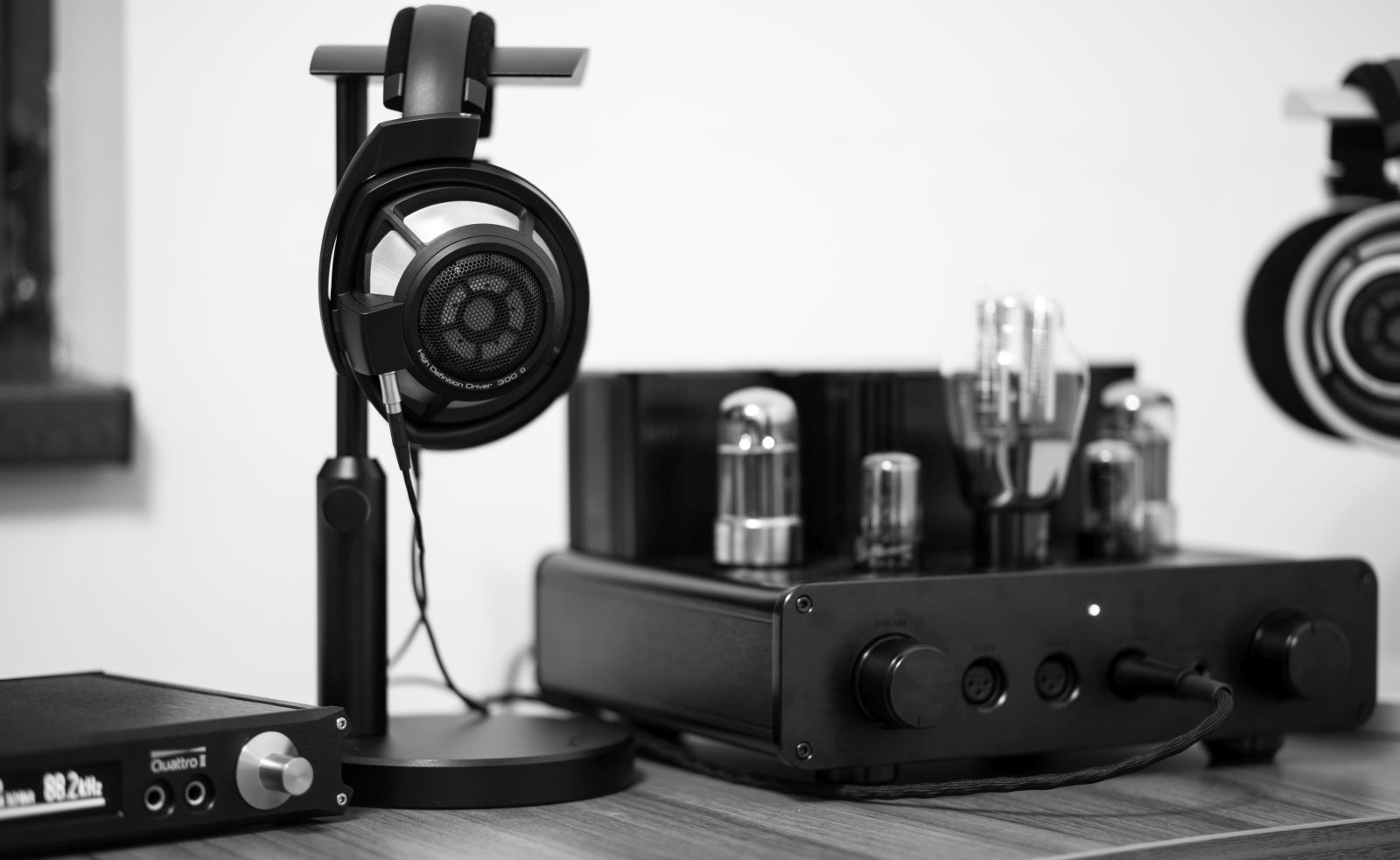
I will directly compare the two models highlighting clear differences between them and whether they justify a possible upgrade.
I have in my possession the classic for a very long time and I appreciate their strengths and tremendous ability to extract details and I am still in love with that wide-open soundstage. But the bass, especially the sub-bass area is a bit anemic and that disturbing treble response in annoying, especially in the 6-7 kHz area could be a major issue.
I’m one of those people who tried to heavy tune my HD800 with different modifications. The most important one was the “Anax Mod”, version 1 and later updated to version 2. But in a short while I gave up those mods that represented nothing but a compromise, I gained some sub-bass and pinned down that aggressive treble, but I lost that fast and crystalline sound, they were no longer detailed and special.
Those mods had a lot of issues, but what Sennheiser did to the HD800S is something completely different.
Developing the HD800S, Sennheiser used an acoustic absorber that sits just above the diaphragm, which in theory would improve the sub-bass response and calm down those highs in the troubled area (6~7 kHz), the rest of the sound performance should be unchanged.
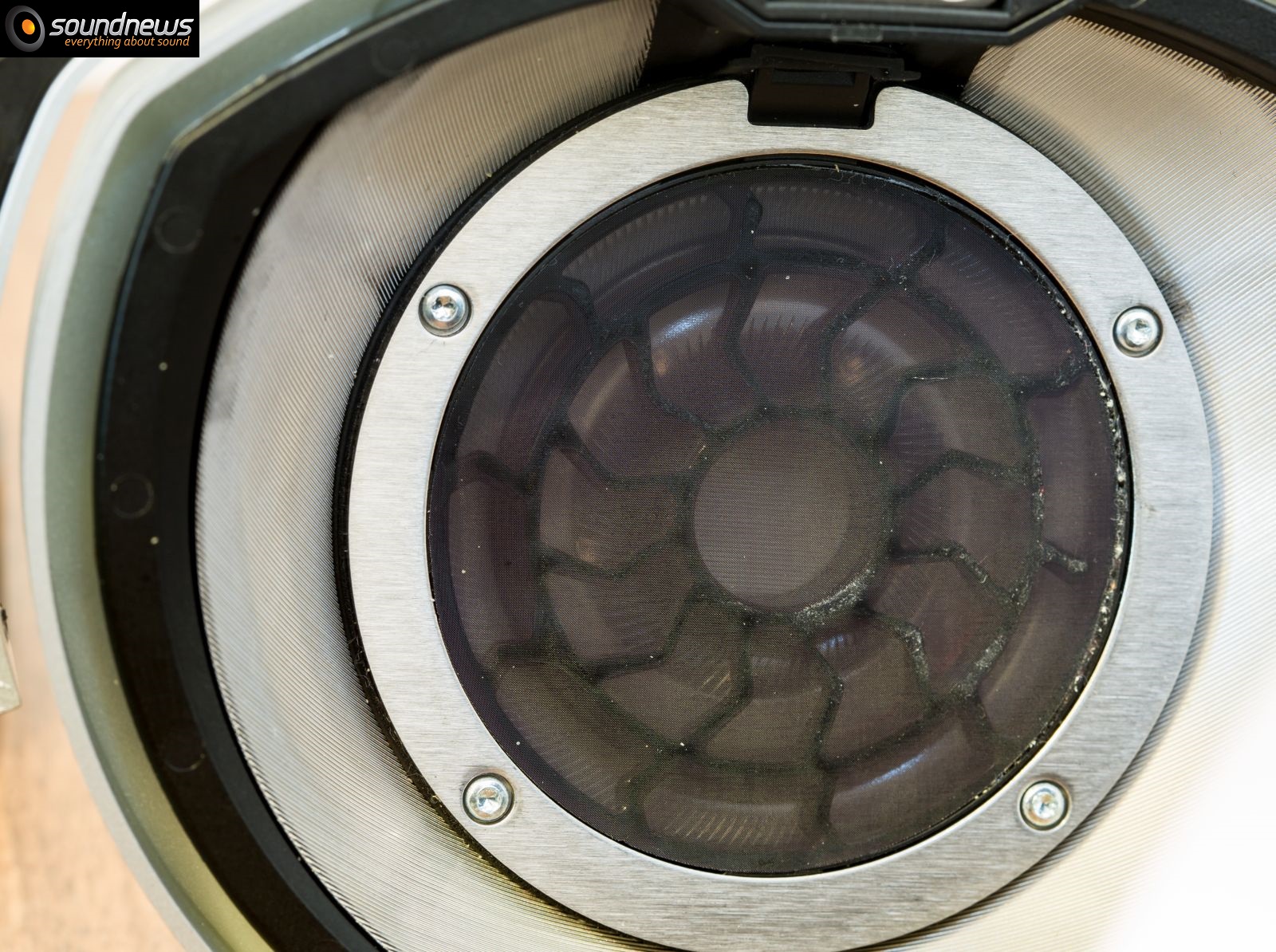
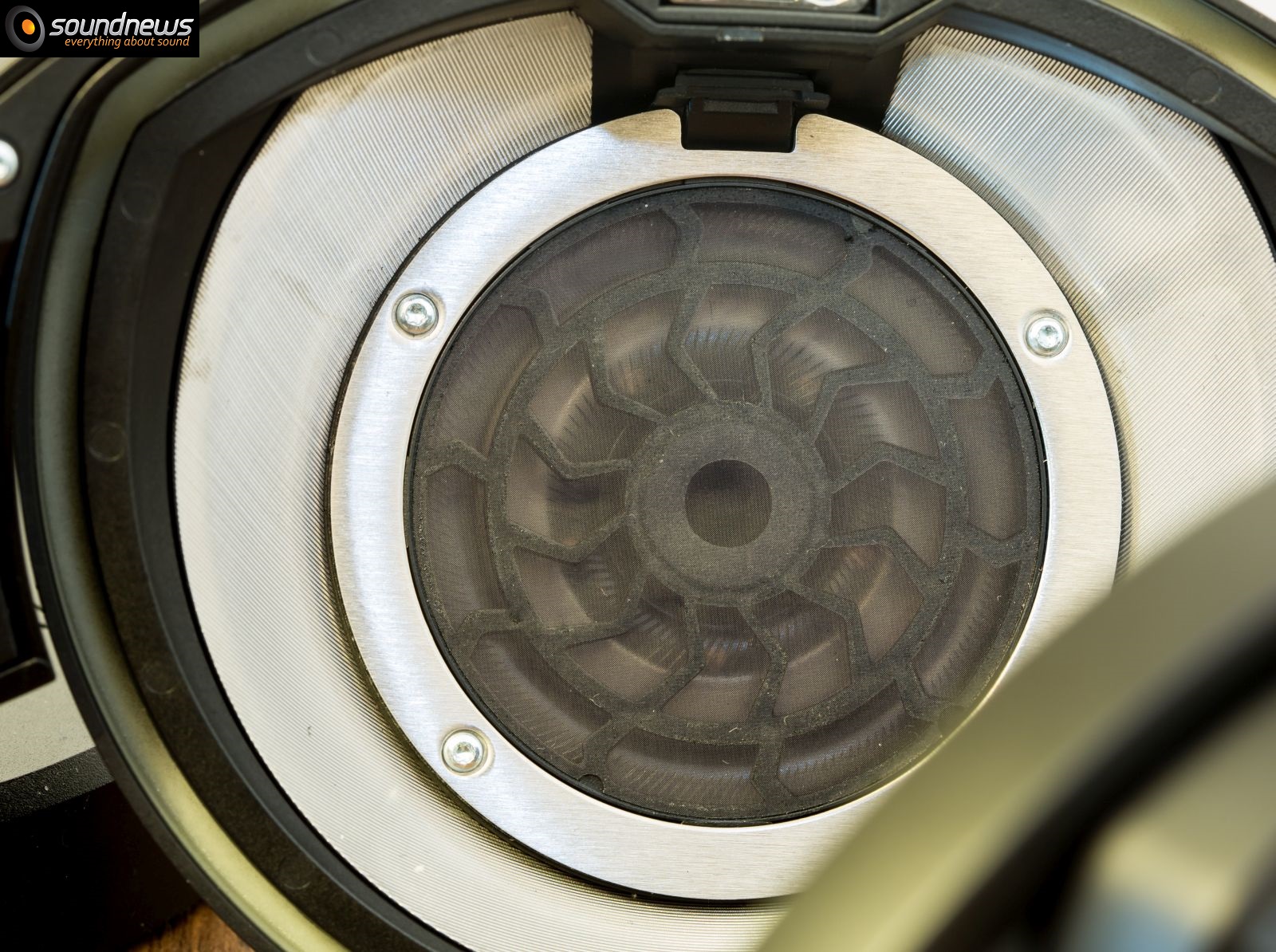
Acoustic Performance
The new model represents a very serious pair of headphones and it’s my first recommendation when it comes to top performance with little to no compromises. If you are interested in a pair of headphones that will not hide anything that is neutral, linear, and offers a wide-open sound then the HD800S is the most logical recommendation.
The new model, like the classic HD800, offers an incredibly wide and deep soundstage, both are still kings and queens in that department. Hidden micro-details on both models are no longer hidden, and are easily perceived, timbre of acoustic instruments is rendered fairly realistic on the new model with a wider and expanded frequency response.
Although an overall sibilance will make an appearance (in rare cases) on the new model, it no longer suffers from the aggressiveness and that hot sparkle of the classic model. It seems to me that it plays brilliantly with any kind of music, with both solid state and tube-based headphone amps.
They could be the best dynamic headphones at this moment and I think they are also the most comfortable headphones I ever put on your head.
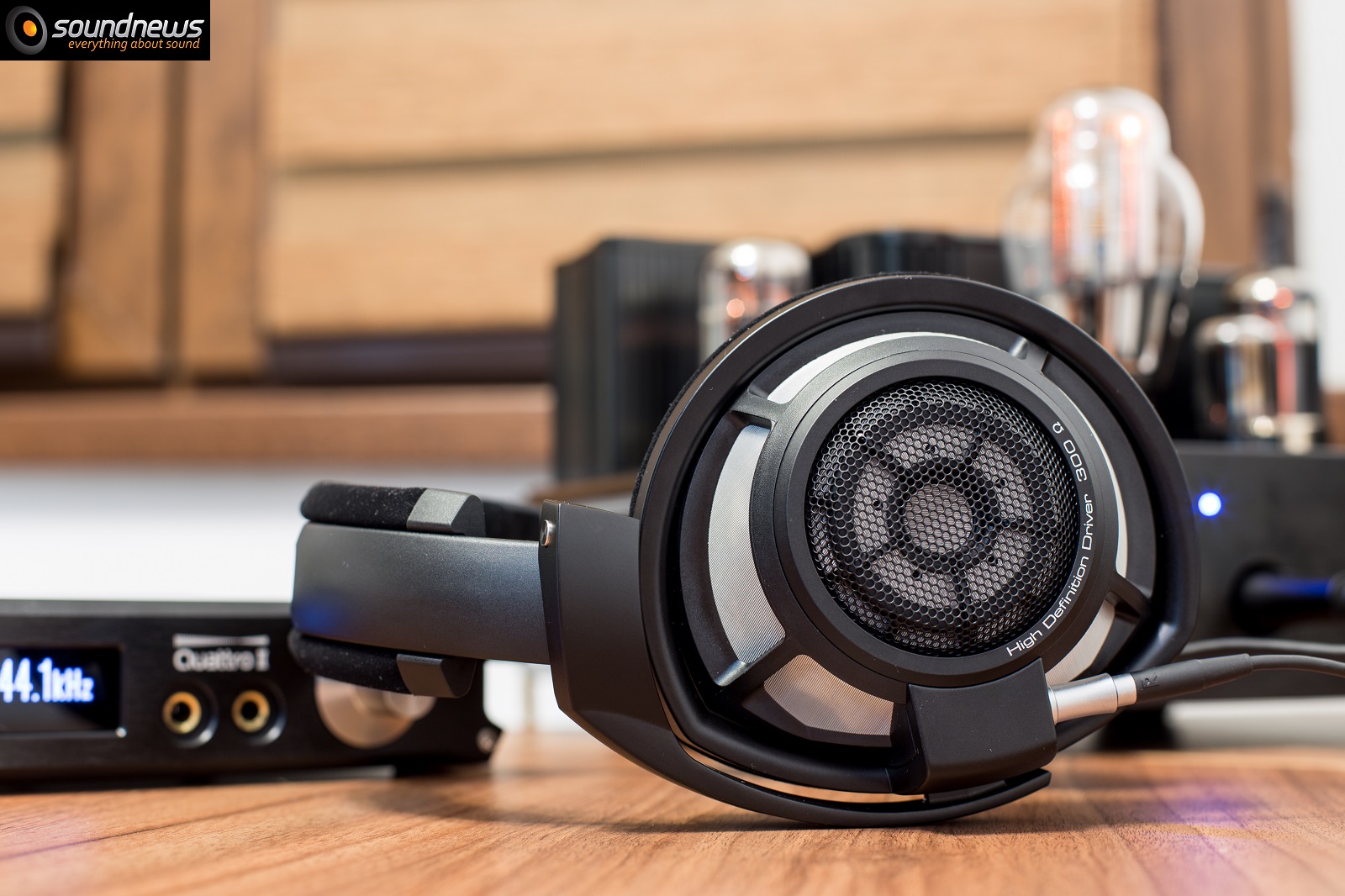
In general, the differences between the classic and the new model are not subtle, but it is neither a night and day difference.
Of course, I’m exaggerating a little when I’m comparing them, because it’s a fierce comparison, it’s not a simple listening session. I do not have to change my headphones very often to figure out differences, they are quite obvious from the first listen. After a few hours of comparative tests, I’m beginning to really understand the what’s going on and what makes them different.
All in all the new model sounds more pleasant, more natural and somehow warmer, the classics are colder, more disturbing on the upper registers and have a less natural sound.
Both extract micro-detail information extraordinary well and both have the same deep and wide soundstage.
Instead of splitting my review into chapters such as bass, midrange and treble, this time I will split it by the music styles.
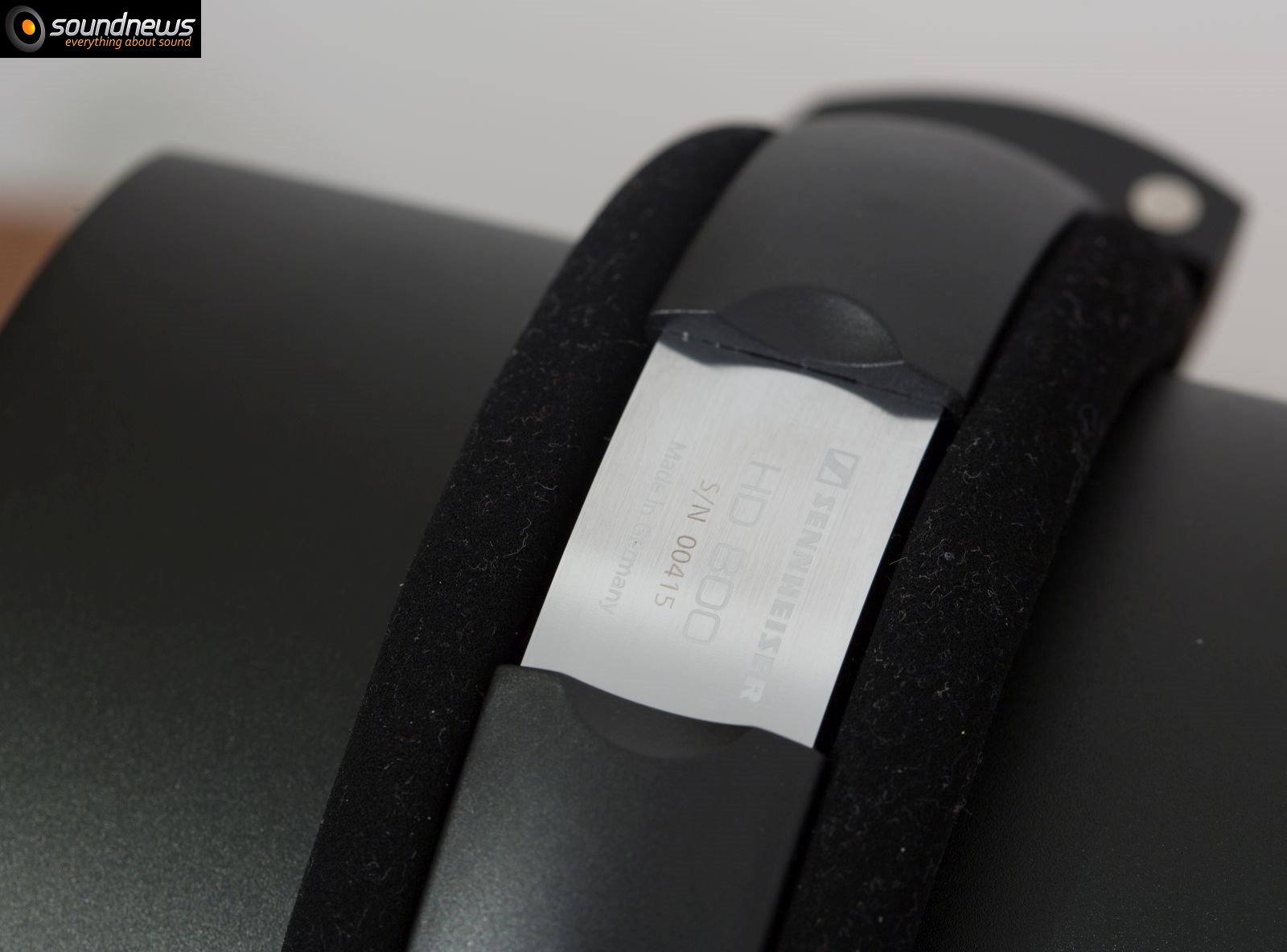
Rocking, Headbanging and Moshing!
I’m not joking when I say these new headphones can do rock and metal. Something I could not say about the classic model.
I started listening to some rock and metal plus all their subgenres because that’s my preferred music.
On the classic model, the drums and cymbals have an emphasized SSSS after each kick, it stops you from anything you do. However, on the new model the focus is no longer put on those aggressive notes. That’s why it all sounds more believable and real. Classics sounded grainy and troublesome on this kind of music. For example, in crowded moments on the classic model, it gives you an impression that the amp goes into clipping and starts distorting the music, I don’t have the same feeling listening to the new model; aggressiveness to the extreme is no longer present. The new one sounds more relaxed, smoother and non-fatiguing.
Experimenting more, I realized a side effect that the classic creates that is missing from the new one. By emphasizing the upper registers, it gives an impression that it sounds airier and more detailed. After a more careful comparison, I realized it was a simple trick. I was hearing the same details on the new model but they were not jumping straight at me, that detailed sensation on classics looks to be staged and faked; in this regard I prefer the new model.
On rock and metals, I preferred the new model by a long shot, the old HD800 never excelled with this particular music.
Winner: HD800S
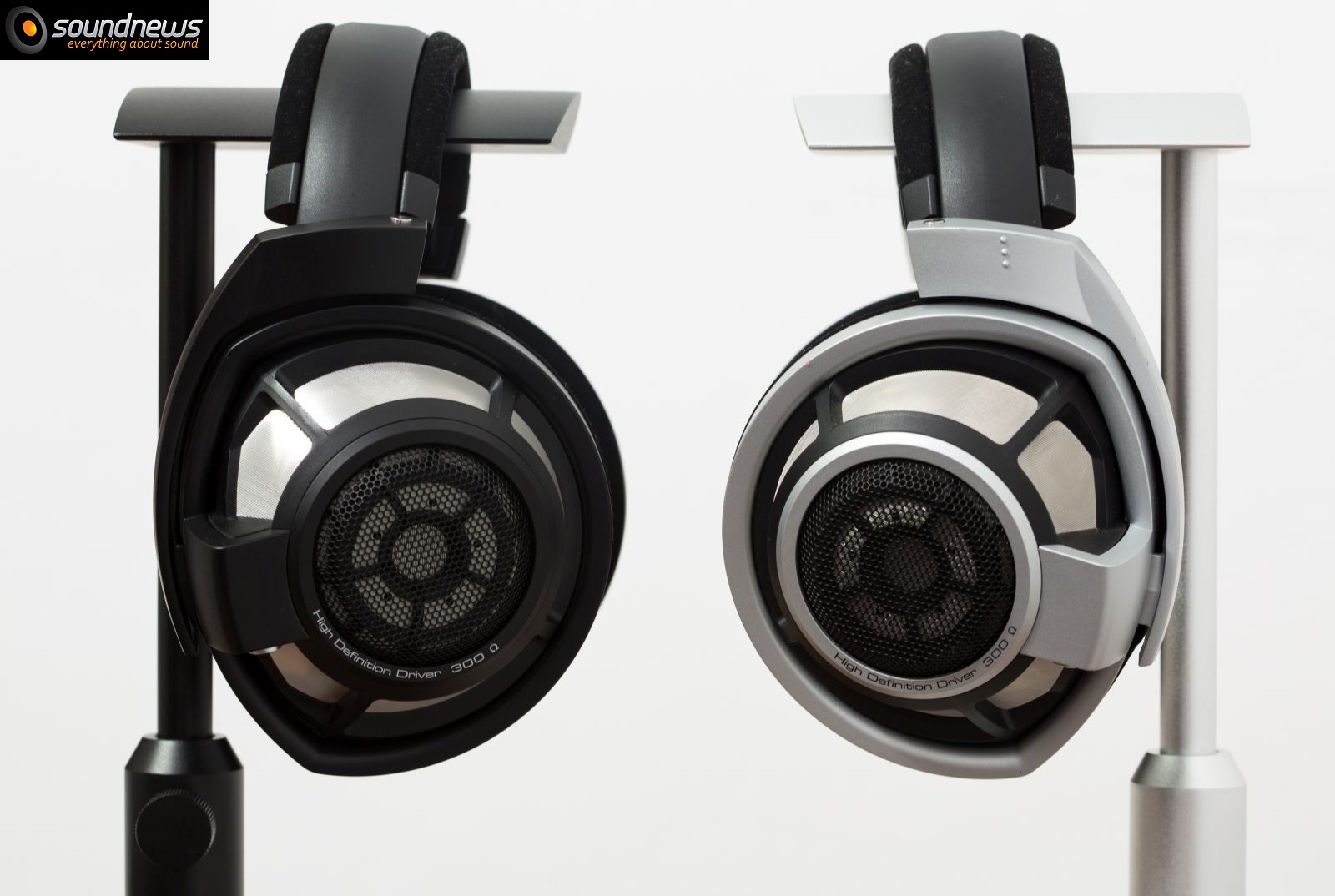
Electronic Music
That same evening I listened to some electronic music.
On rock I focused more on the treble performance, on electronica I was very interested in how bass and sub-bass are being played.
All in all, The Prodigy, Chemical Brothers and Infected Mushroom sounded better on the HD800S.
On a right setup, I even like the bass response of the classic HD800, which can be articulated, extended and quite deep, but honestly it lacks kick and impact.
On the new Infected Mushroom album, bass goes low and hits harder on the new model.
When it comes to electronic music, I will always stretch my hand to the HD800S.
Bass is not only deeper, it’s heavier and moves more air around.
The bass seduced me on HD800S; the classic didn’t impress me much.
Instead, on the classic model, on some Chemical Brothers tracks I had the impression that I can look deeper into the recording, it sounded even more open.
On modern highly processed music, mixed and mastered and so on it’s hard to say which of these two models sounded more accurate. On both headphones, the audio performance was excellent, but on bass heavy songs I will choose the new model every time.
Winner: HD800S.

Acoustic Music
I have an emotional connection towards acoustic music and I love absolutely anything that has lots of musical instruments.
When I first listened to piano on the HD800 I liked it pretty much, after a few hours I switched to the new model and it took me a while to recalibrate my ears. For me this test is going to be an important one.
Although sometimes acoustic albums are so processed and heavily mastered that I feel that it sounds even better than a real instrument, I have a very good idea of how a real guitar and a piano should sound.
Ladies and Gentlemen: Vivaldi, Beethoven, Bach and Mozart – almost all in Hi-Res. Not only that this extraordinary music has a legendary status but it is also vey well recorded. With this kind of music, I find it harder to leave my impressions.
On the classic model, the music is like being on fire, some instruments are better outlined with a better texture, providing a greater deal of detail.
A very nice effect, I’m impressed. There is something that seduces you when I listen to the HD800 on this type of music, it’s hard to explain. On this genre, the HD800 sounds realistic (which I can not say on rock for example) and believable. It sounds closer to reality than any other headphones tested so far. Audeze headphones for example are sounding extra syrupy and fake on classical, but very real on rock and metal.
Sometimes the classic model sounds grainy and sibilant, while the new model is easy going, smoother and more enjoyable to my ears, less tiresome on the long run.
On both I felt like I was walking through the recording, giving impression that you are surrounded by music and you are part of it, you are the main character.
Other headphones did not give me this feeling on classical music.
Okay, how’s the new model by comparison?
It sounds warmer, has a richer tonality and some instruments will descend deeper. Its performance is more real and calm. Some notes that were on fire on the HD800 are no longer so alive and are not forcing your attention towards them.
The piano sounds alive, it has a thicker and a deeper tone.
Can you head-bang on piano? Yes, you can! Especially on Beethoven: Moonlight Sonata 3rd Movement on the new model, piano seems pushed a bit forward, becoming bolder, heavier and livelier.
For the richness and tenderness of the sound, I will always choose HD800S but for a surgical precision I will choose the HD800.
When I think of HD800S I think of a sexy and gallivant teacher of computer science, when I think of HD800 I think of a math teacher, beautiful but extremely correct, with glasses on, but always serious…
Ten out of ten for both HD800 and HD800S.
Winner: Draw.

Jazz, Jazz and Jazz again
If I’m still old-school, let’s do it until the end.
By night I was very hungry for some Django Reinhardt. What could be better than a late 1920 gipsy jazz track? Probably two tracks.
I left it for the end, because I consider it a fetish of mine.
One of the few good things that happen when such comparisons occur is that sometimes I forget that I have to write something down; music simply takes you to another level as a being.
Listening to Minor Swing, even though I hear the imperfections of a very old recording, its soul is still there.
One thing struck me and it surprised me that I have not written about yet.
Because the upper registers are no longer so hot, and that the peak in the 6-7 kHz area is cut down to pull a straight line over the treble, I hear a somewhat sweeter midrange that is more natural in a way. It is a side effect, I do not know if it was intended, but finally mids are more natural, more real and have more meat to the bone. I felt it instantly on jazz.
On Miles Davis everything vibrates more and it is more appealing. That tone is closer to reality on the HD800S.
By comparison, the HD800 does not sound so compelling, the bass doesn’t get so low and doesn’t hit so hard. Instead, the detail retrieval is really good, and each note feels extra-airy.
Winner: HD800S.
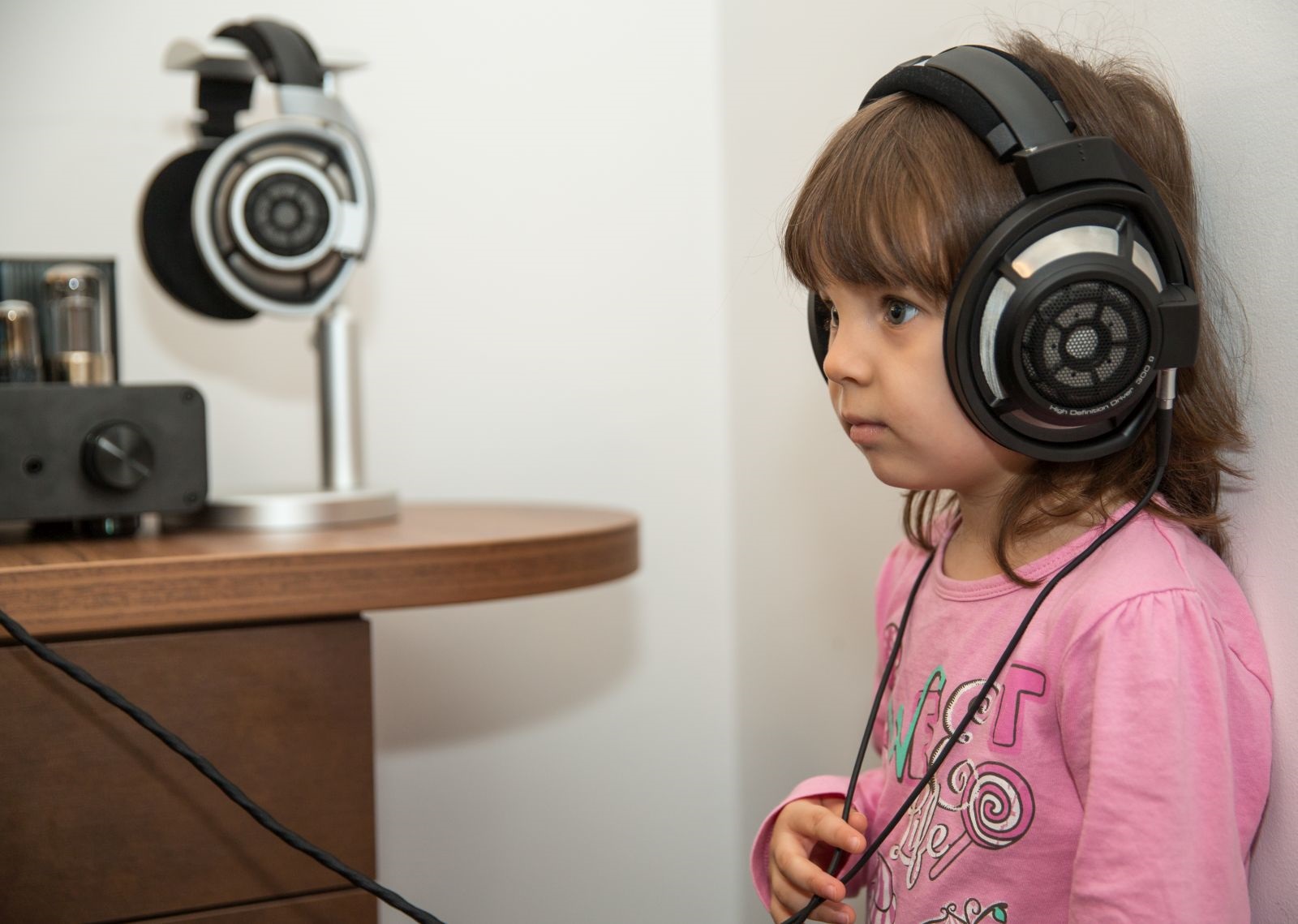
Conclusions
The HD800S goes lower and hits harder, its warmer, background is blacker, there is almost no sibilance, and timbre is more natural and real, less grainy on midrange with sweeter voices.
The HD800 offers slightly more air, but it’s more sibilant, with anemic sub-bass, weaker kick on bass, treble can be on fire sometimes, tiresome on a bad thought-out system.
HD800S are clearly sounding better on rock, electronica, jazz and bad mastered recordings. On classical and acoustic music, it’s hard to say, but I still prefer the HD800S.
The HD800S costs 300 $/€ more expensive than the HD800 (prices from the Sennheiser website), but if I take into account the cost of the balanced cable that is exactly 300 $/€ if I buy it separately, then I think HD800S is worth it for those who want top performance with little to no compromises.
What HD800 owners should do then? It depends… If you like all the improvements, then eBay and Audiogon are your friends, HD800S deserves this effort.
I didn’t do comparisons with Audeze LCD-3, I think planar-magnetics have a completely different sound, incompatible with the sound of dynamic headphones.
Bottle is empty, playlist is over, that’s all folks, until next time.

Pros:
- Supreme comfort, modern design
- Holographic stereo image, extremely wide and deep soundstage
- Extra-detailed and multi-layered sound
- HELLO SUB-BASS! It is deeper and it hits harder
- Sweeter midrange, that is less grainy and more natural
- Less tiresome and smoother treble than the predecessor
- Extra clear and tight sound, top performance
- Matte black paint!
Cons:
- Want it or not we are buying a 300 $/€ balanced cable
- SPC cables (silver platted copper) are not the perfect choice, I’d prefer a higher purity copper with lowest impedance.
Associated Equipment:
- Headphones: Sennheiser HD800S, HD800
- DACs: Matrix Audio Quatro II
- Headphone amps: Woo Audio WA22, Matrix Audio HPA-3B
- Cables: QED Reference XRL interconnects, AudioQuest power cables




